Tanabata Houtou is a unique local dish from Japan closely tied to the summer festival of Tanabata. With its soft, chewy noodles and seasonal vegetables, it’s a comforting meal enjoyed during a special time of year when people celebrate the romantic legend of two stars meeting in the night sky. This dish is not popular outside certain regions, which makes it even more fascinating. If you’re curious about how tradition, seasonality, and local flavor come together in one bowl, keep reading to learn more about the charm of Tanabata Houtou.
What is Tanabata houtou?

The Matsumoto City Museum states that the origin of “Houtou” is unknown. Locals say it was eaten around wheat harvests near Tanabata Festival, but the exact start is unclear. Houtou is a dish exclusive to Matsumoto City and its suburbs. The tradition of eating it on Tanabata adds a romantic touch. It often includes seasonal summer vegetables such as eggplant, cucumber, and green beans. It may use a clearer broth to suit the warmer season.
Tanabata houtou History

When asked about “Houtou,” also known as “Tanabata Houtou,” the Matsumoto City Museum explained that no clear records exist in historical literature, so the exact origin of the dish remains unknown. Locals say that people began eating it around the time of wheat harvests, which used to fall near the Tanabata Festival, though no one knows exactly when the custom started. They also note that Houtou is a dish locals eat almost exclusively within Matsumoto City and found in the surrounding suburbs. Despite the mystery surrounding its history, the tradition of eating it on the day when Hikoboshi and Orihime meet adds a romantic touch. For locals, Houtou is a beloved regional dish—an ogottsuo—enjoyed once a year before the Obon season. Anyone who gets the chance should definitely try Houtou udon.
Difference from Udon
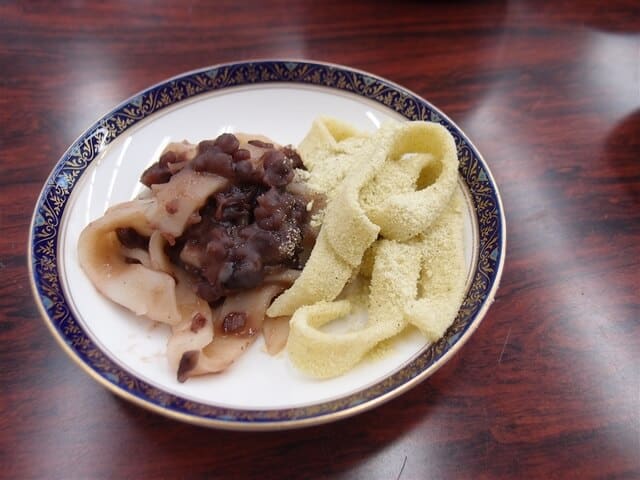
The difference between udon and houtou noodles goes beyond just thickness. Locals make udon noodles with salt, while they preapre houtou noodles without any salt. This lack of salt gives houtou noodles a uniquely soft and chewy texture without the firmness found in udon.
Tanabata Day

In Shinshu, people celebrate Tanabata a month later or according to the lunar calendar. They hold the late Tanabata on August 7th, and in the lunar calendar, July 7th falls on August 16th. In some parts of Nagano Prefecture, locals prepare a special dish only during this time of year, when summer begins to shift into autumn—a tradition shaped by the region’s unique climate.
FAQ
- What kind of dish is Tanabata Houtou?
Tanabata Houtou is a variation of the local Yamanashi dish “Houtou,” arranged as a special meal for the Tanabata festival. It features the usual Houtou noodles with added star-shaped vegetables and ingredients related to Tanabata, making it colorful and visually appealing. It’s a festive dish that livens up the Tanabata dining table.
- What ingredients are recommended for Tanabata Houtou?
Popular ingredients include star-shaped cut carrots and okra, pumpkin, eggplant, long green onions, and shimeji mushrooms. Okra is especially fitting because its cross-section naturally forms a star shape, perfect for Tanabata. You can also add pork or chicken according to your preference for extra flavor.
- Can Tanabata Houtou be made together with children?
Yes, it is recommended to make it with children. Activities like cutting vegetables into star shapes and tearing the noodles by hand are enjoyable for kids. Making it together as a family also creates wonderful memories of the Tanabata festival.
Conclusion
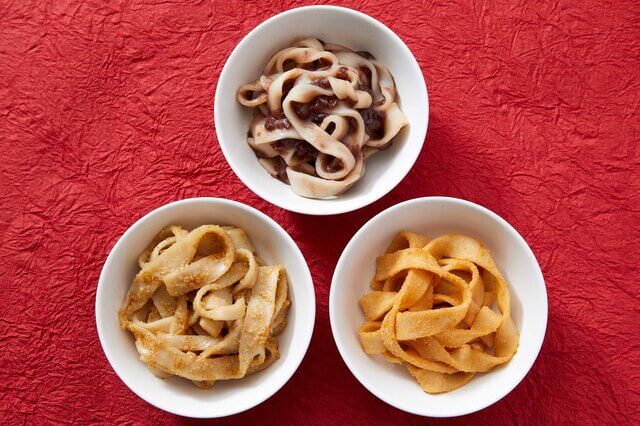
Tanabata Houtou may be a simple regional dish, but it carries the warmth of tradition, the flavors of the season, and the spirit of a once-a-year celebration. If you ever find yourself in Japan during the summer, don’t miss the chance to try Tanabata Houtou—it’s a delicious way to experience a piece of local culture.
If you enjoyed learning about it, you might also want to explore other seasonal or regional Japanese dishes like kenchin-jiru or Ozoni, which also reflect the rich connection between local ingredients, traditions, and the time of year.
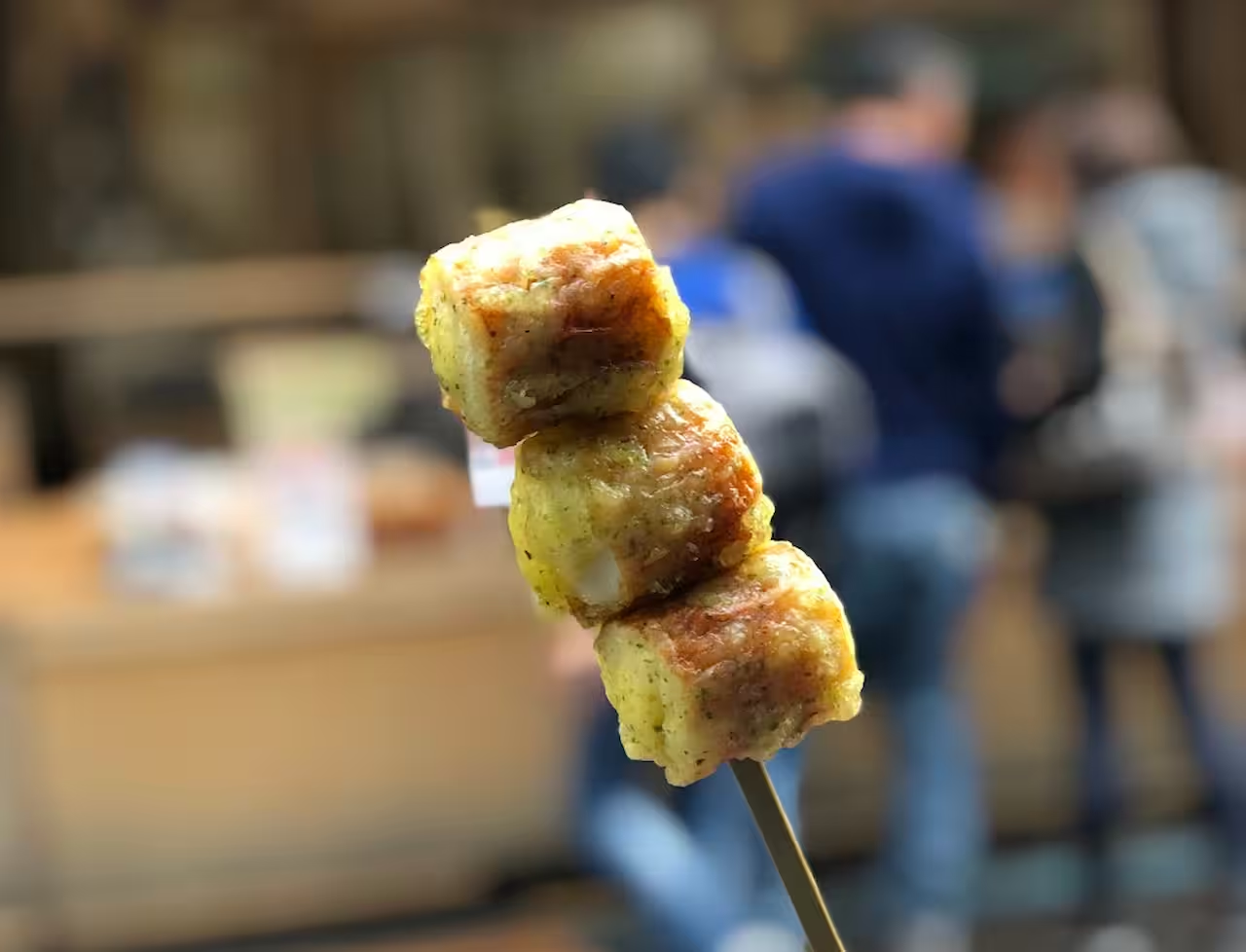
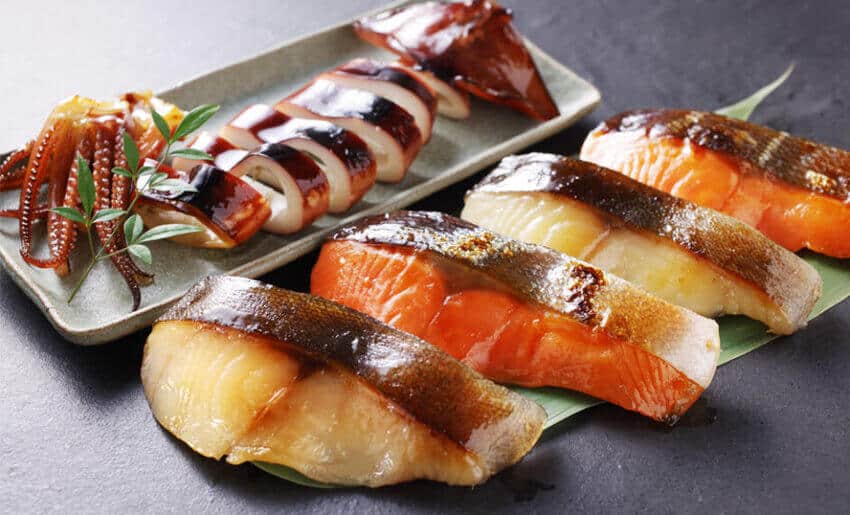

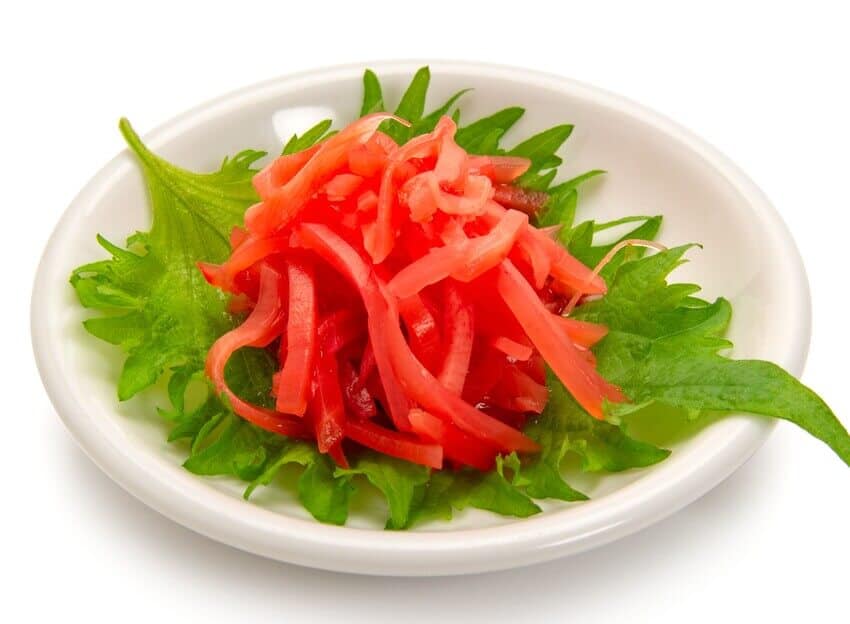


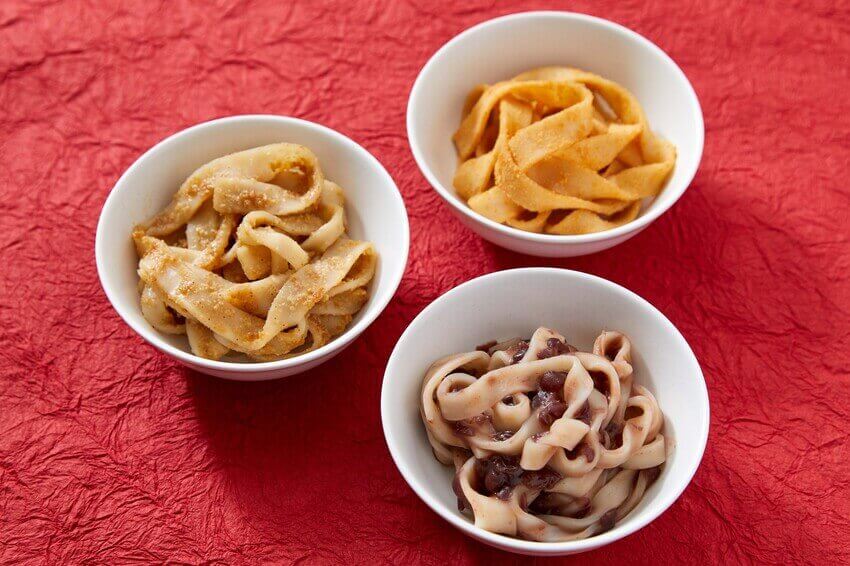
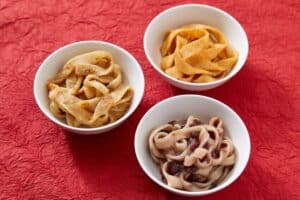
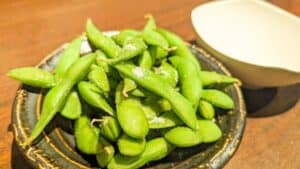
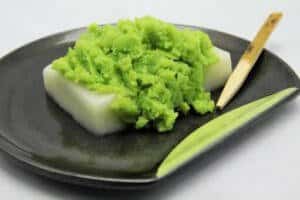

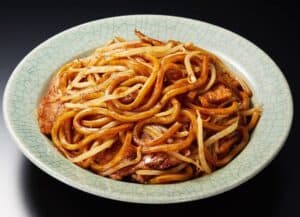
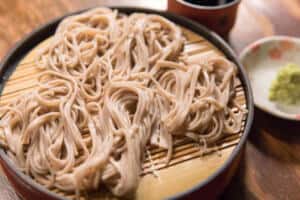
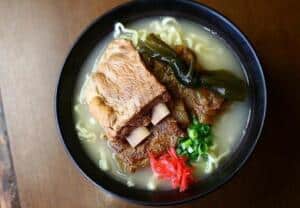
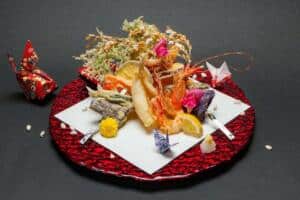
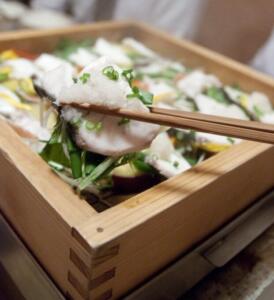
Comments